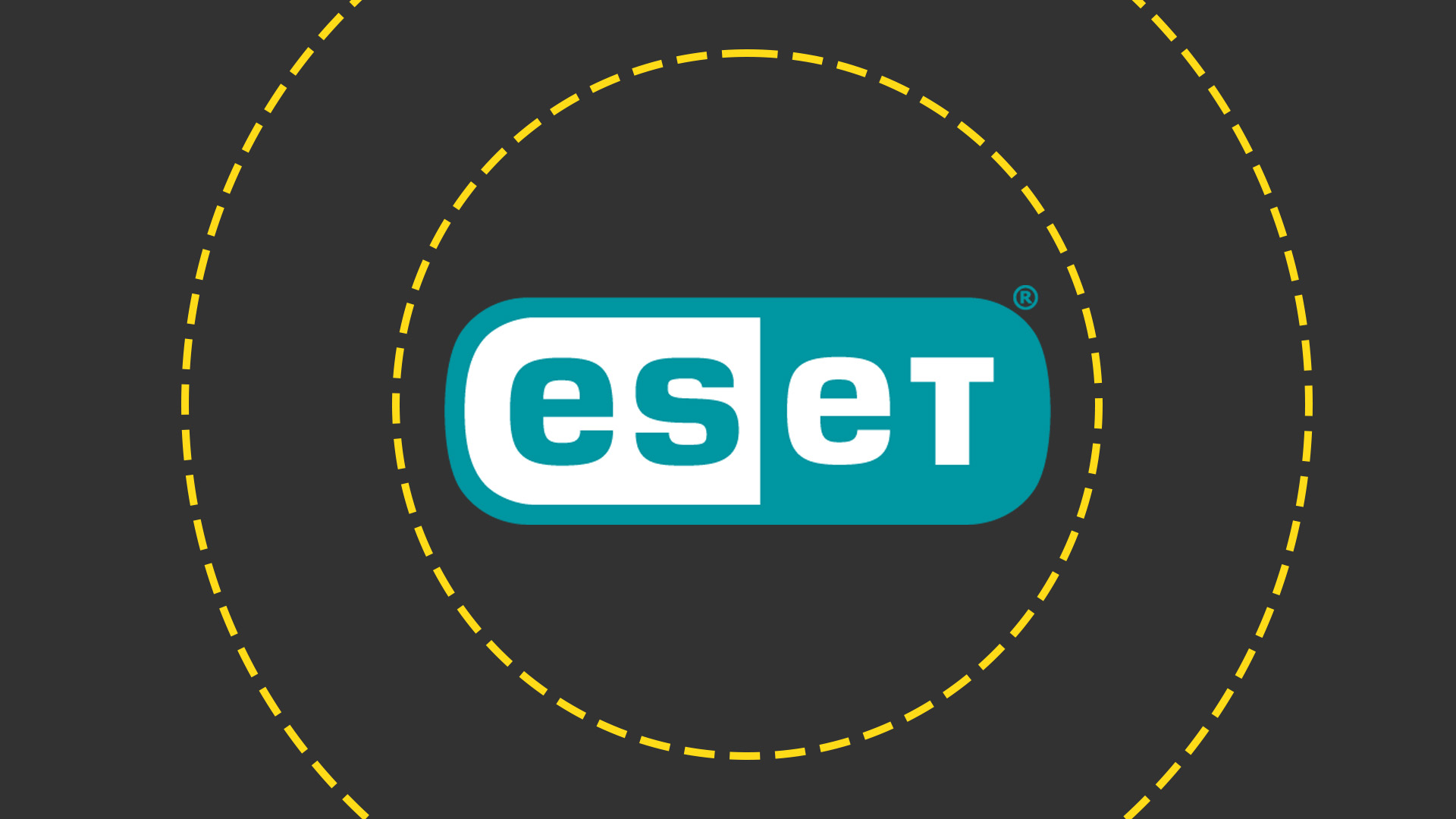Motorola DEXT review
The DEXT is Motorola's first foray into Android territory. Does it work? We review the handset to find out.

We’re still big fans of the DEXT, despite its social networking and consumer-oriented focus. That said, in its present guise, it’s probably better suited to business users who only find themselves out of the office occasionally rather than full-blown road warriors or executives who need simple access to complex data and functions on the move.

Messaging is also made much easier as in a way that lets users "focus on what people have to say instead of how they send it," according to Motorola. In practice, this means messages appear based on whom they're from rather than separated into text, email and so on. It does make keeping track of who said what in conversations that take place over several mediums much easier to digest.
The ability to sync your work/personal calendar with your Google calendar is a bonus so you can see at a glance what you're supposed to be doing and when.
Browsing the web on the DEXT is a pleasant experience that's also quite speedy thanks to an Android HTML webkit-based browser and Wi-Fi and HSDPA connectivity options both supported. While pages render well, there's no support for multi-touch for zooming, which proves a bit of a disappointment.
A range of useful applications are provided out-of-the-box to make life for the busy user much easier, both for work and play. QuickOffice, for example, will help business users review documents and such like on the move, although if they want to edit them too, they'll have to fork out for an upgrade.
Of course, there's also speedy access to the Android market to download the apps of your choice should you not find them already living on the handset from day one.
Customising the DEXT's desktop is easy, achieved simply by pressing and dragging the desired icons around. Haptic feedback assures users that they're command has been met during the process. Indeed, we found the (320x480 pixels) touch screen to be very responsive to all our commands during the test period.
Get the ITPro daily newsletter
Sign up today and you will receive a free copy of our Future Focus 2025 report - the leading guidance on AI, cybersecurity and other IT challenges as per 700+ senior executives
Maggie has been a journalist since 1999, starting her career as an editorial assistant on then-weekly magazine Computing, before working her way up to senior reporter level. In 2006, just weeks before ITPro was launched, Maggie joined Dennis Publishing as a reporter. Having worked her way up to editor of ITPro, she was appointed group editor of CloudPro and ITPro in April 2012. She became the editorial director and took responsibility for ChannelPro, in 2016.
Her areas of particular interest, aside from cloud, include management and C-level issues, the business value of technology, green and environmental issues and careers to name but a few.
-
 LockBit ransomware group falls victim to hackers itself
LockBit ransomware group falls victim to hackers itselfNews A data leak has revealed negotiations with victims, along with Bitcoin wallet addresses, affiliate accounts and details of attacks
By Emma Woollacott Published
-
 AI-powered banking fraud on the rise – but financial institutions are fighting back
AI-powered banking fraud on the rise – but financial institutions are fighting backNews Banks are increasingly using AI to combat scams, but say that the need for good data management can make progress slow
By Emma Woollacott Published
-
 ESET targets partner profitability with new MDR bundle
ESET targets partner profitability with new MDR bundleNews The security firm's managed detection and response services and products are now available as part of a single SKU to enhance the partner sales process
By Daniel Todd Published